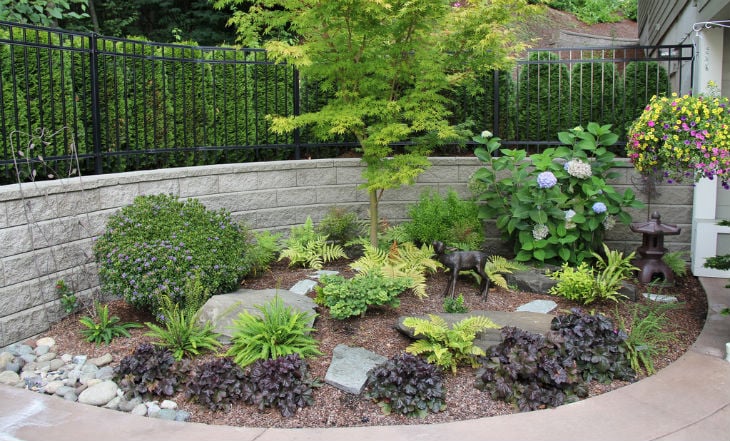
For many people, landscaping your own garden can be an incredibly daunting concept. In reality, with careful planning and consideration it can be straightforward and very rewarding. Ditch the mindset that you need professional help and follow these tips!
1. Budget
Before you even imagine what you might want your garden to look like, it is vital that you set a budget. Landscaping a garden can be surprisingly expensive, but a budget will mean that you can be realistic when you come to planning your garden and will help to avoid disappointment should you run out of money further along the line. Don’t forget to include time you can afford to spend, or those who you may have to pay to help in this budgeting!
2. Be Clever With Planting
Before you go plant shopping, examine the soil in your garden! Although you may have a number of specific plants and flowers that you’d like, you have to be realistic in terms of what your garden will allow to flourish. Certain plants, such as clematis and buxus, will grow better in chalky soils. However, plants including rhododendrons and evergreen trees prefer more acidic and sandy soils. You must also consider how much sunlight your garden gets, as different plants require different amounts in order to attain their full potential.
3. Make An Interesting Focal Point
Even when the weather isn’t suitable to be outside in the garden, it is still important that it looks nice from the inside. Some of the most impressive focal points are ponds and water features. Ponds are perhaps more suitable for traditional gardens, where fish in the pond and other creatures contribute extra fascination. Water features, on the other hand, look good in modern and minimalistic garden areas, especially when made using glass and slate. Other options that may be more practical could include statues, ornate paving slabs, sundials and large planters and plant pots.
4. Imagine A Colour Scheme
Nothing brings a garden together more effectively than a colour scheme, especially when it’s planned well. Red flowering plants stand out brilliantly against white plants and green foliage, while choosing different tones of blue help to create a feeling of harmony and serenity in a garden. Of course, colour scheme possibilities are endless, but it is essential that you plan it before you begin buying.
5. Add Some Lighting
There’s very little point in having a beautifully landscaped garden if you and your guests are unable to enjoy it at night as well as during the day, so invest in some lighting. What’s more, clever lighting can also help to add dramatic effect to specific areas of your garden and it can be incredibly practical for when you are entertaining guests of a summer evening. Lighting doesn’t always have to be permanent, while a good quality lamp would be an investment, paper lanterns and fairy lights make a pretty, more temporary lighting solution.
If you have any helpful tips and advice on how to landscape a garden, let us know in the comments below!
[Photo Credit: National Garden Clubs]

